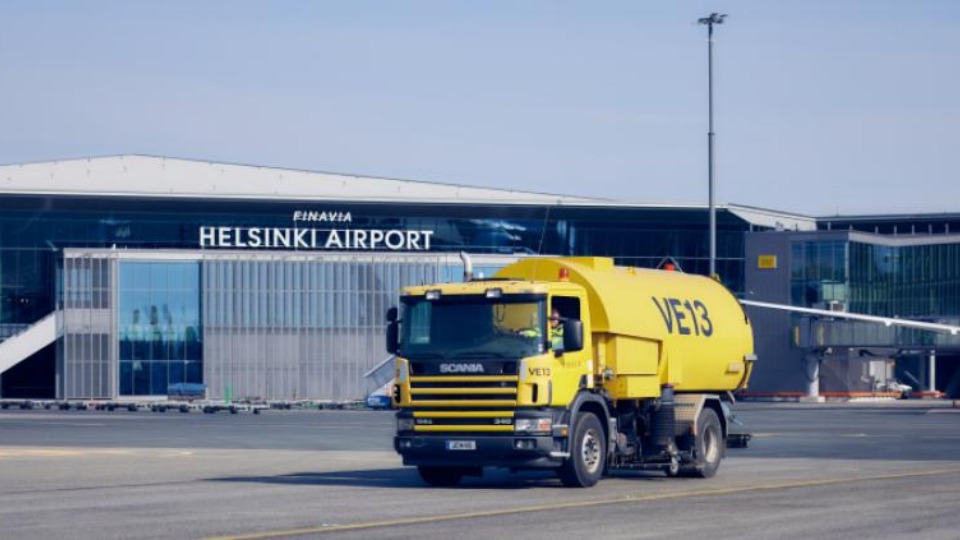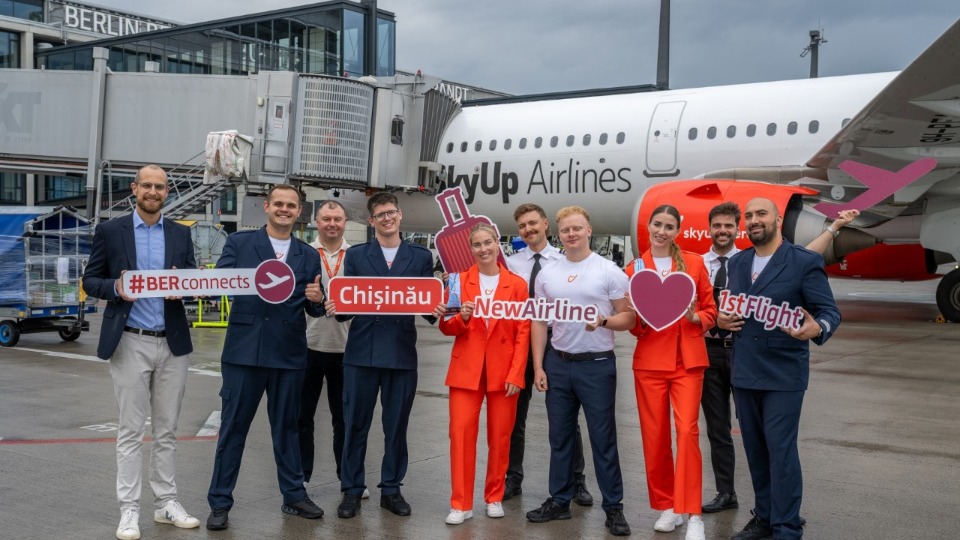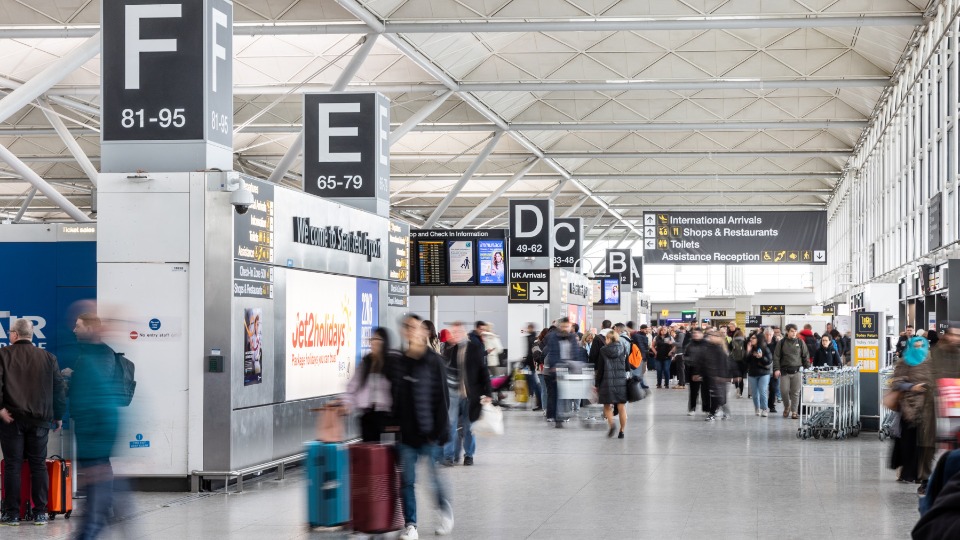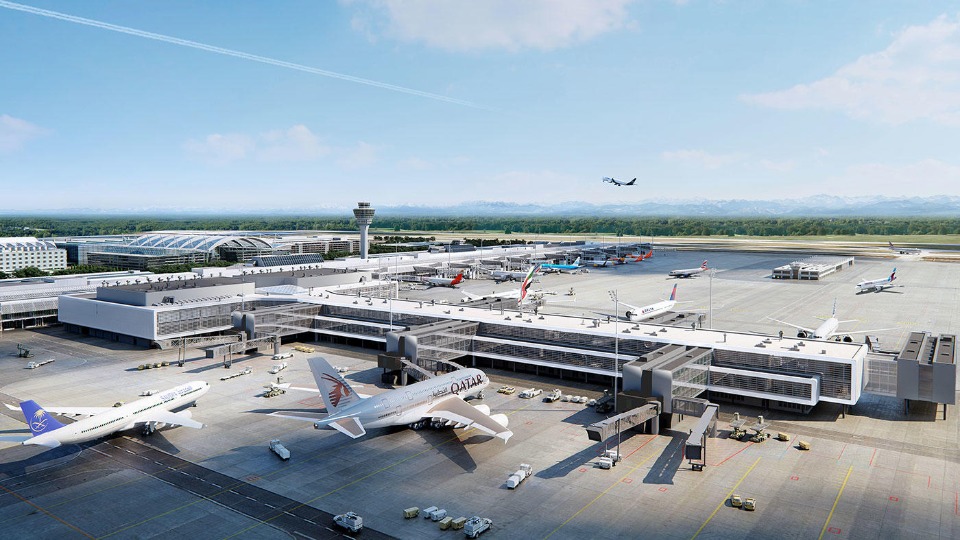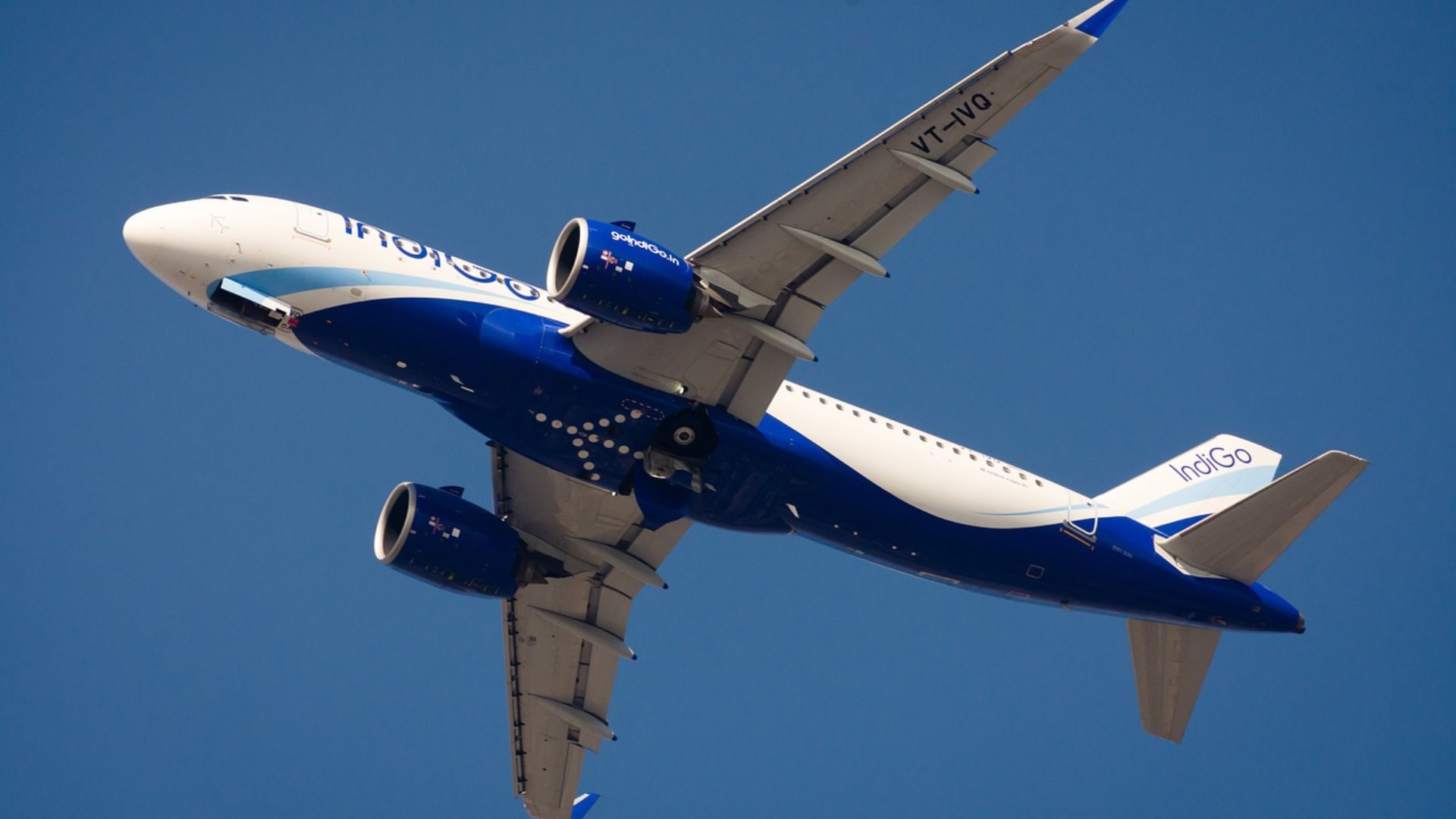
Mumbai Airport Implements Flight Restrictions to Combat Congestion

Mumbai Airport faces flight restrictions due to congestion, leading to several airlines reducing operations. The upcoming Navi Mumbai International Airport offers hope for easing the city's air traffic challenges.
Mumbai’s Chhatrapati Shivaji Maharaj International Airport (BOM), India's second busiest and one of the world's busiest single-runway airports, faces government-imposed flight restrictions to alleviate congestion issues. The Ministry of Civil Aviation has directed the airport to limit flight operations during peak hours due to its inability to expand and the recent dip in on-time performance.
As Mumbai serves as India's commercial heart, the surge in flight activities has only compounded the operational challenges at BOM. Recognizing the congestion caused by excessive slot allocations and peak-hour non-scheduled flights, Aviation Minister Jyotiraditya Scindia highlighted instances of flights circling for up to an hour before landing.
To ensure smoother operations, the ministry has designated specific time slots—08:00 to 11:00, 17:00 to 20:00, and 21:15 to 23:15—during which air traffic movement will be curtailed. This decision has led several Indian airlines to adjust their schedules, with Vistara, Akasa, and IndiGo among those announcing flight cancellations or reductions between February 19 and March 30. This adjustment affects approximately 30 daily flights, with passengers being offered refunds or alternative flights.
In the backdrop of these challenges, Mumbai looks forward to the construction of the Navi Mumbai International Airport (NMIA), which promises to alleviate the current airport’s operational constraints. With its three passenger terminals and an eventual capacity of 90 million passengers, NMIA is poised to significantly ease Mumbai's air traffic congestion once it becomes fully operational.



